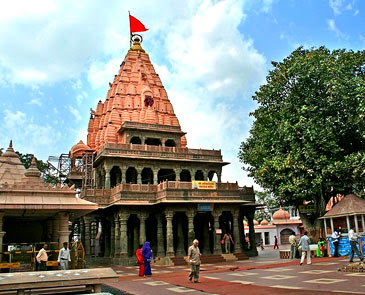 |
| Rameshwaram |
Rameshwaram is situated at the tip of the Indian peninsula. It is considered a sacred place for the Hindus. Legends have it that Lord Rama built a bridge across the sea from Rameshwaram to rescue his wife Sita from the clutches of the demon king Ravana. This is also the place where Rama worshipped Lord Shiva to wash away the sin of killing Ravana. It is also known as the Varanasi of South India. It is believed that Lord Rama performed thanks giving rituals to Lord Shiva after his triumph over the demon king Ravana. It happens to be one of the most visited pilgrimage sites of India.
Attractions of Rameshwaram
 |
| Ramanathaswamy Temple |
Ramanathaswamy Temple: The famous Ramnathswamy temple was built in the 17th century and is situated close to the sea on the eastern side of the Rameshwaram. It is famous for its 1200 massive granite columns. The temple has 54 meter tall gate-tower and 1220 meters of magnificent corridors.
 |
| Dhanushkodi |
Dhanushkodi: It is located at the eastern end. It is named after Lord Ram's bow and is at a distance of 8 km from Rameshwaram. The boulders in the sea between Sri Lanka and Dhanushkodi are known as Adam's bridge. It is said that Lord Hanuman used them to reach across Sri Lanka.
 |
| Erwadi |
Erwadi: At a distance of 24 km from Rameshwaram, it is an important place of Muslim pilgrimage as the tomb of Ibrahim Sahid Auliya is present here. Muslims from across the globe visit Erwadi, especially during the month of December to participate in the annual festival held to pay tribute to the saint.
This video is a short film consisting of major Rameshwaram pilgrimage destinations!!



















